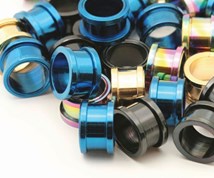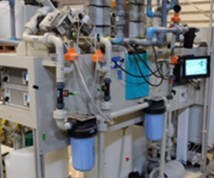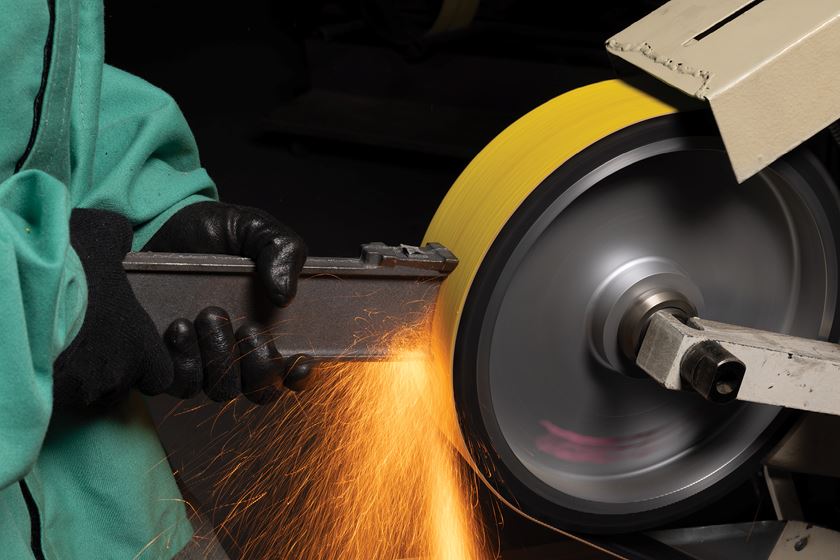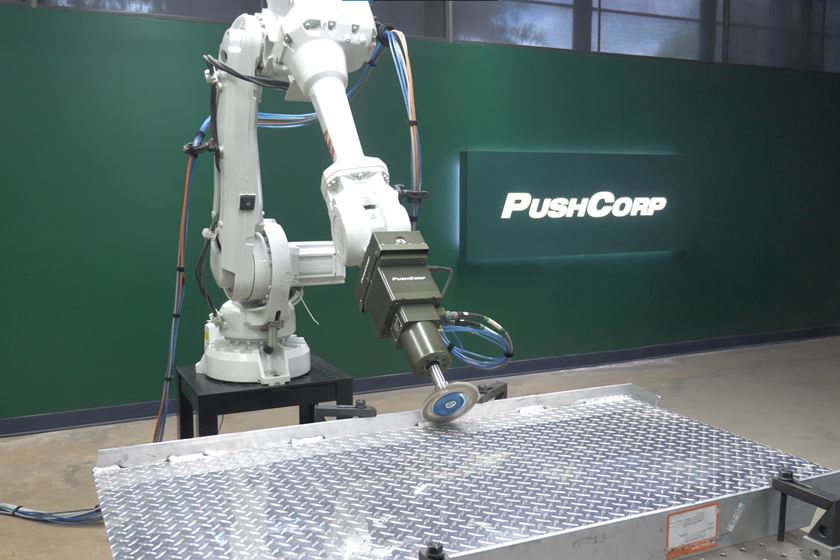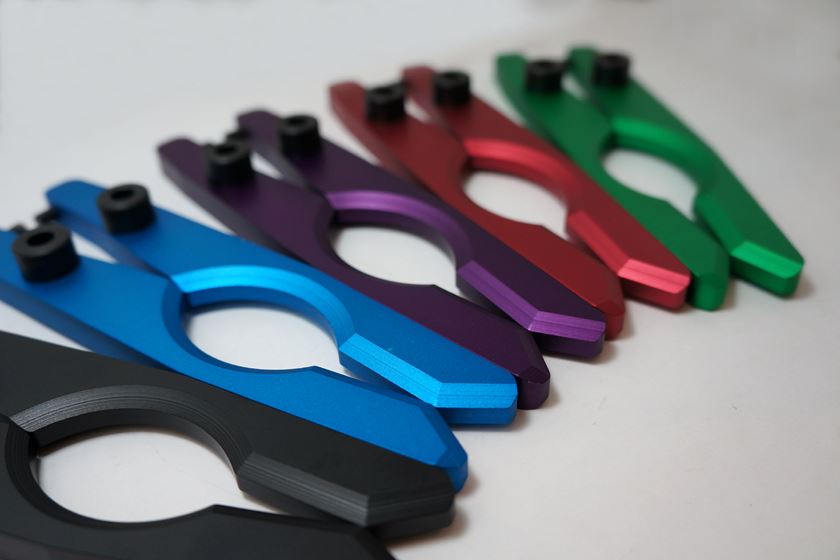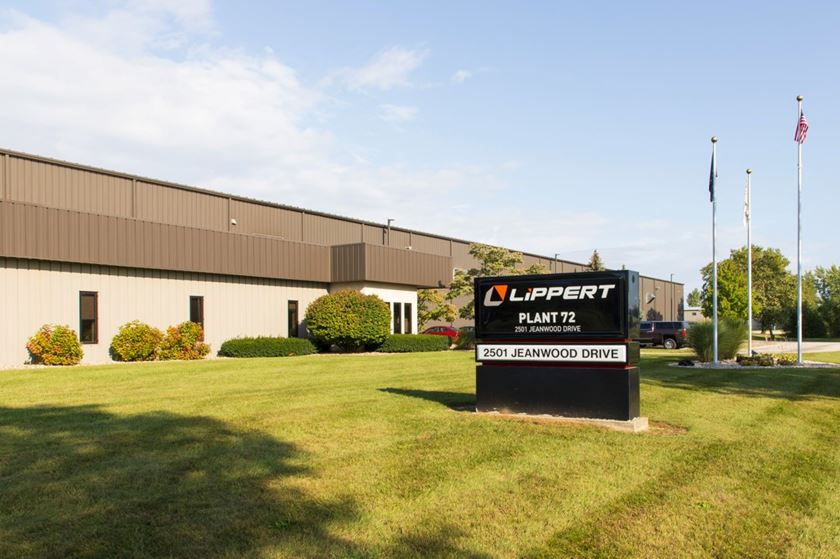Oxford U. Researchers Win Prize With Solar Coatings
Develop a hi-tech coating with the potential to significantly reduce the manufacturing costs of new-generation solar photovoltaic cells.
#pollutioncontrol #energy #masking
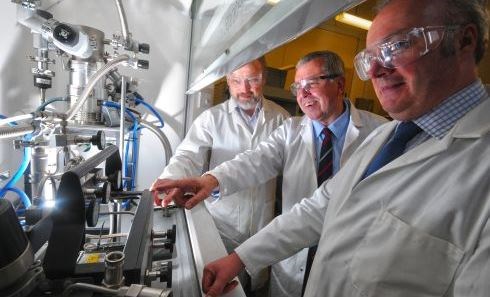
(L-R) Dr Vladimir Kuznetsov, Seni Group, Professor Peter Edwards and Dr Jamie Ferguson at Oxford’s Department of Chemistry.
Researchers at the University of Oxford have won a major materials science prize to develop a high-technology coating with the potential to significantly reduce the manufacturing costs of new-generation solar photovoltaic cells.
Featured Content
Professor Peter Edwards, Head of Inorganic Chemistry at The University of Oxford and Fellow of St Catherine’s College, Oxford, will use the £25,000 Materials Science Venture Prize, awarded by the Worshipful Company of Armourers and Brasiers, to develop manufacturing processes for his group’s transparent conducting oxide coatings.
The global market for solar photovoltaic cells was worth US$28 billion in 2009.
Currently, Indium tin oxide (ITO) is used by over 97 per cent of the transparent conducting oxide market as it possesses a near-ideal combination of high visible-light transparency and high electrical conductivity. However, indium metal is relatively scarce, expensive and has a highly volatile price. China produces over half of the world’s indium and has recently significantly reduced its export quotas. The total market for ITOs is estimated to be worth US$26.8 billion by 2016.
The new coatings were developed as part of a program to investigate low-cost, earth abundant materials and inexpensive deposition routes which could be used for large-area transparent conducting oxide coatings for products such as solar photovoltaic cells. These coatings are based on silicon-doped zinc oxide and provide a much-needed alternative to indium tin oxide.
Professor Edwards said: “Zinc is a much more abundant material than indium, and our silicon-doped zinc oxide material offers electrical conductivities around two thirds of ITO, with comparable optical transparency. In addition to solar cells, our new coating could be used with lighting displays and LCD displays used in smart phones, computers and televisions.”
“This new coating could seriously reduce costs for manufacturers and consumers in a very exciting and growing industry, said Professor Bill Bonfield, chairman of the Armourers & Brasiers Venture Prize judging panel. “Our aim is to encourage innovative scientific entrepreneurship and help providing funding, which is often very difficult to source, to help bring new materials science research like this to market.”
RELATED CONTENT
-
Are TGIC-Free Powder Coatings Right For You?
This alternative to TGIC-based polyester powder coatings offers similar performance and enhanced transfer efficiencies.
-
Fundamentals of Liquid Coatings for Finishing Operations
Before liquid coatings are selected for the industrial finishing line, it is important to have a solid understanding of how a coating works.
-
Touch-up Options for Powder Coated Parts
Is it true that powder coating cannot be touched up? Powder coating expert Rodger Talbert offers options for powder coating touch-ups.


